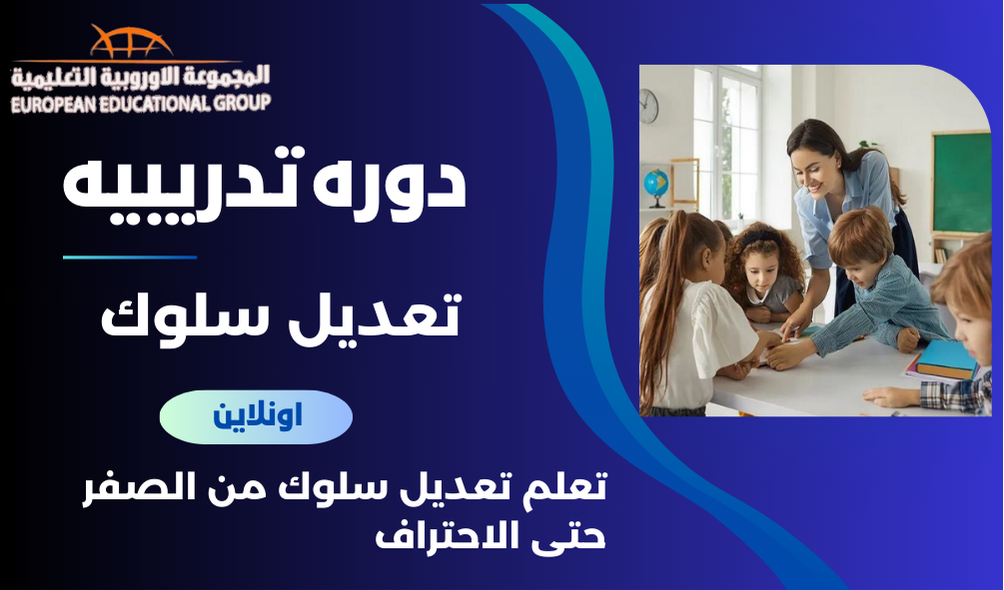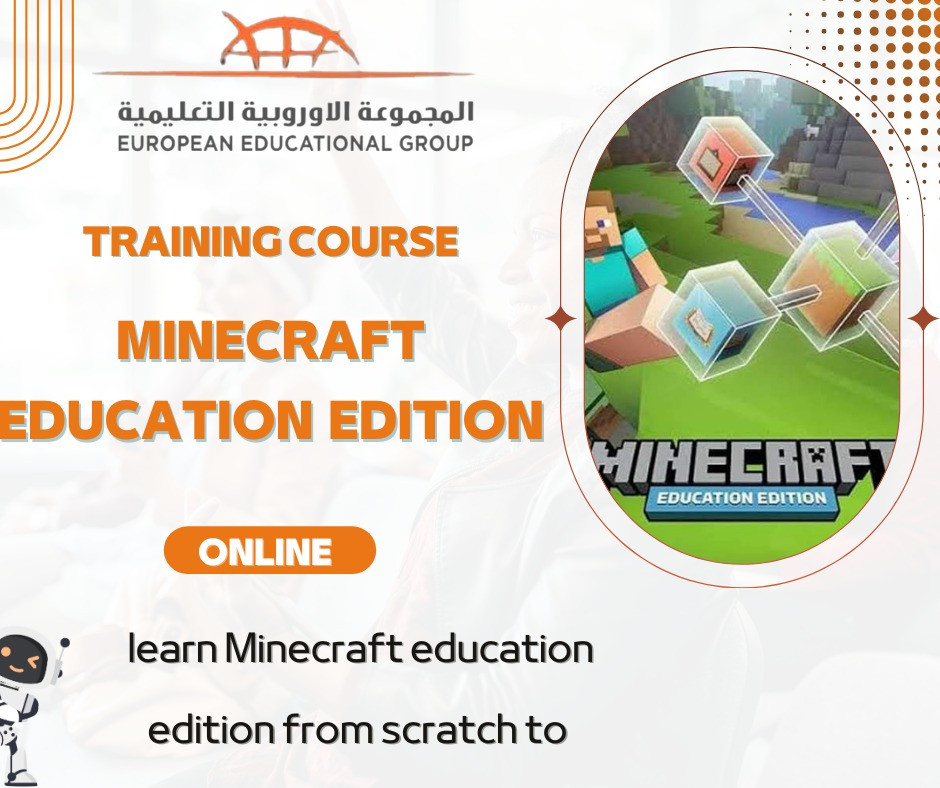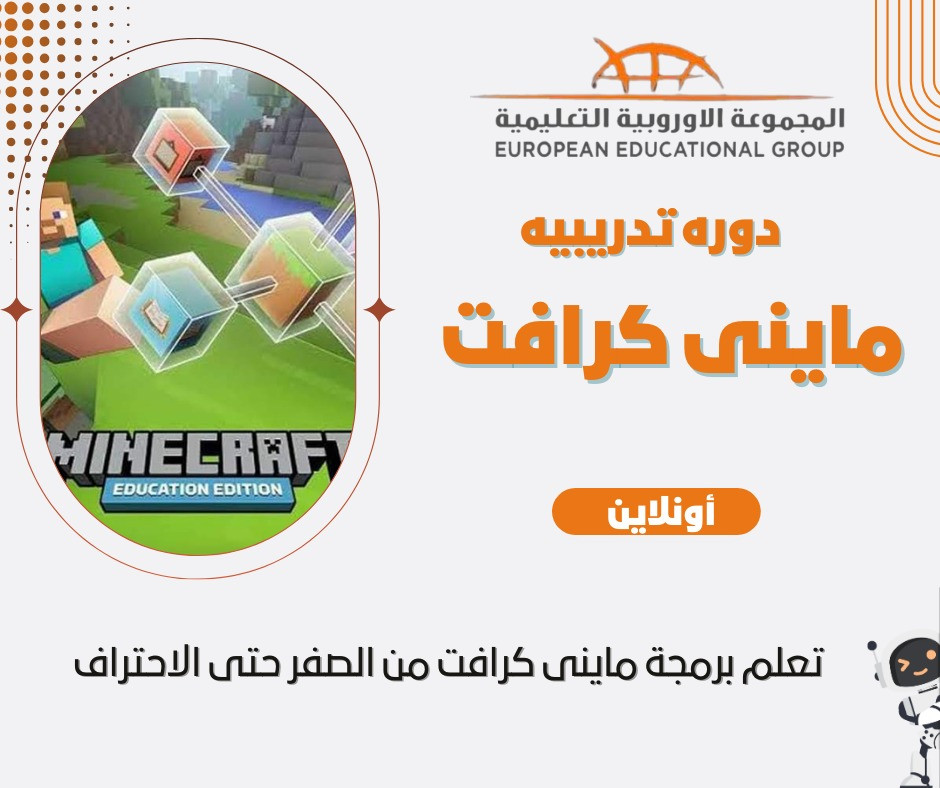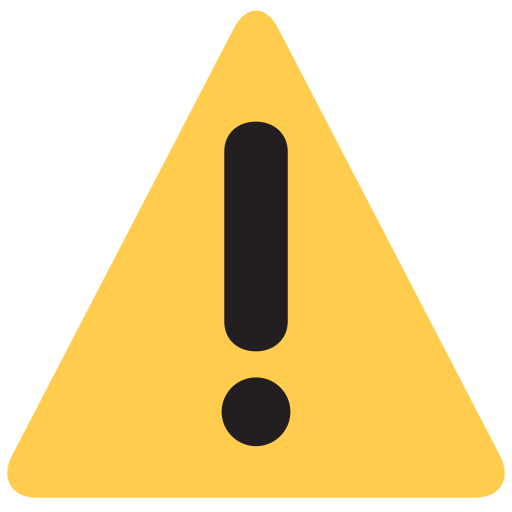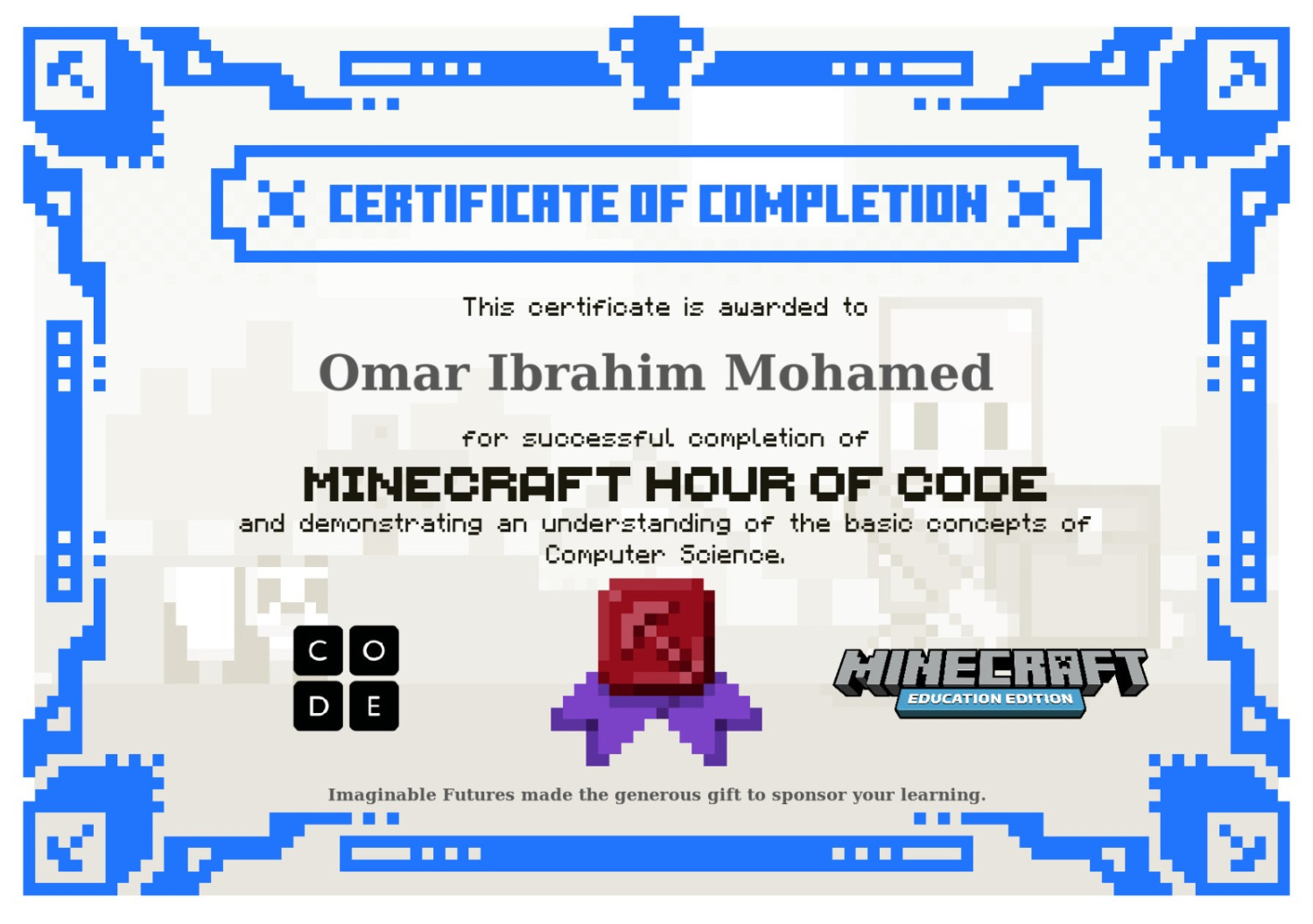
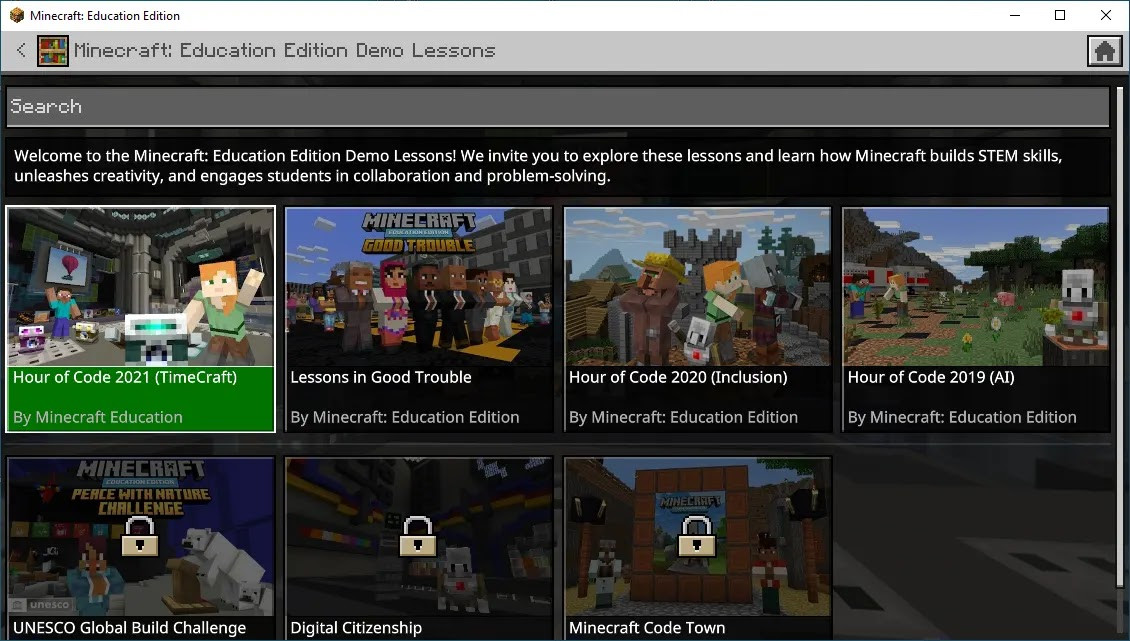
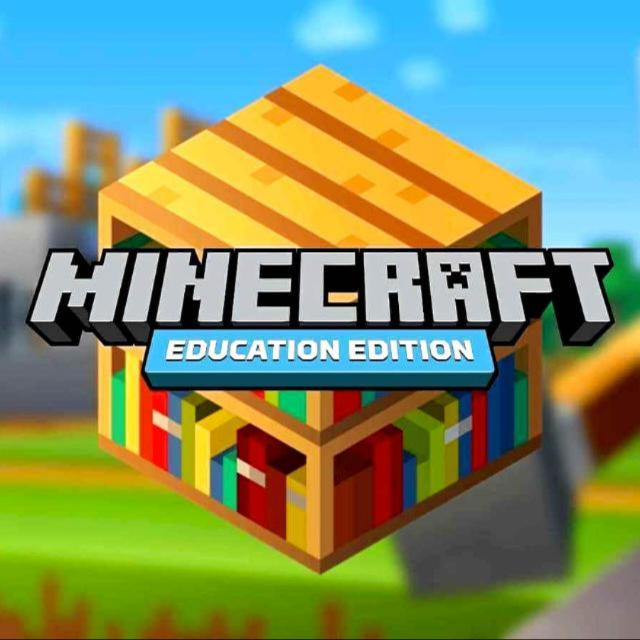
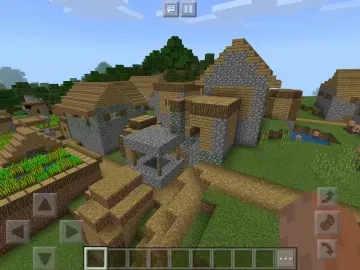
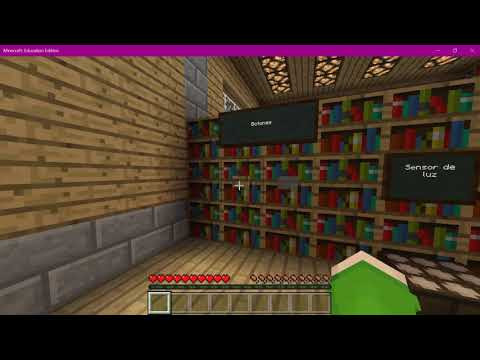
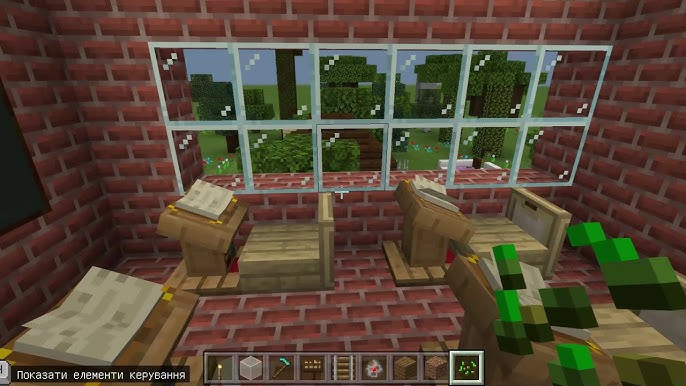
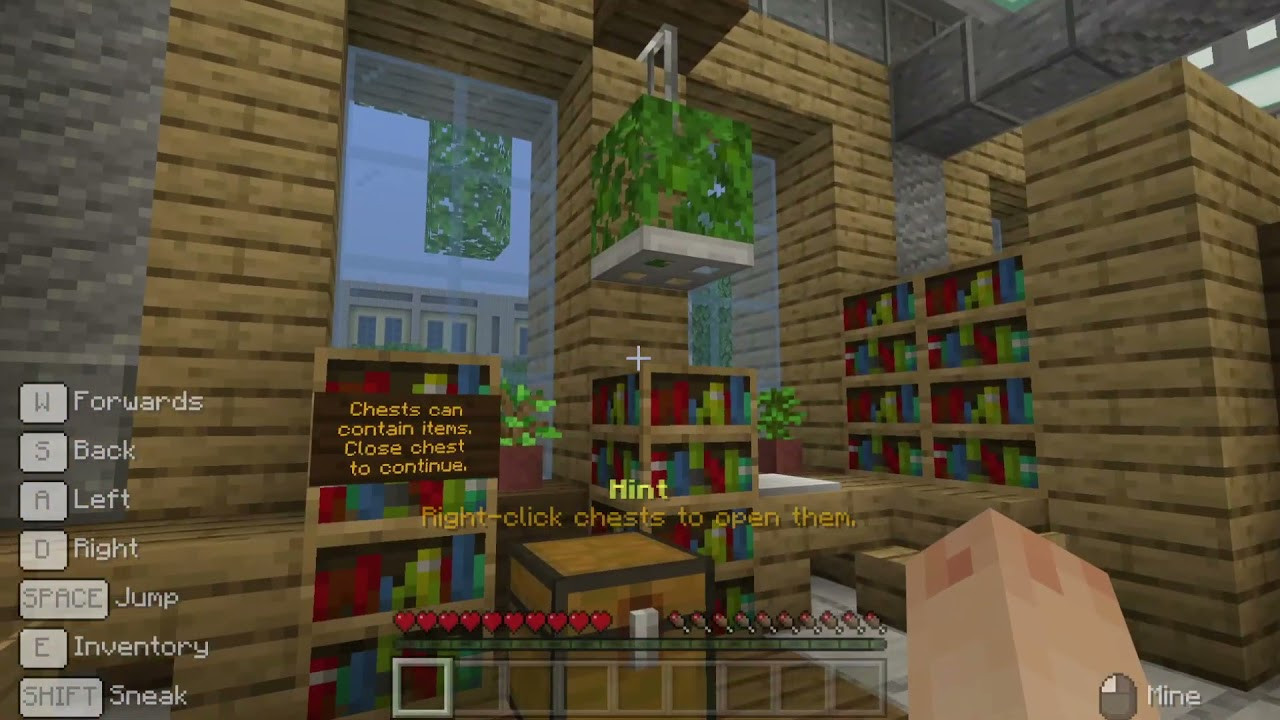







Minecraft Education Edition level 3
-
3,800.00 SAR
-
620.00 SAR
-
620.00 SAR
-
620.00 SAR
-
620.00 SAR
-
620.00 SAR
Minecraft: Education Edition is a specialized version of the popular game Minecraft, designed for classroom use to promote creativity, collaboration, and problem-solving in an immersive digital environment. The course content is diverse, covering various subjects such as science, technology, engineering, mathematics (STEM), history, literature, and art. Below is a detailed breakdown of the key components typically covered in a Minecraft: Education Edition course:
1. Introduction to Minecraft Education Edition
Game Interface & Basics: Students are introduced to the Minecraft interface, game mechanics, and basic controls. They learn how to navigate the block-based world and interact with the environment.
Creative & Survival Modes: Exploration of different game modes, such as Creative Mode (where players have unlimited resources) and Survival Mode (where players must gather resources, manage hunger, and defend themselves from enemies).
2. Collaborative Learning & Teamwork:
Multiplayer Features: Students learn how to join and create multiplayer worlds to collaborate with classmates on group projects, fostering teamwork and communication.
Problem-Solving Activities: Group tasks that require creative thinking and collaboration to solve puzzles, build structures, or complete challenges within the Minecraft world.
3. STEM Integration:
Coding and Computer Science: Minecraft Education Edition incorporates Code Builder, allowing students to learn the basics of coding using block-based coding platforms (like Make Code) or JavaScript. They can automate in-game tasks by creating code-based solutions.
Mathematics: Students use blocks and structures to understand geometric concepts, such as area, perimeter, volume, and symmetry. Redstone circuits introduce logic gates and basic electronics principles.
Physics & Engineering: Through in-game mechanics, students can build simple machines, simulate physical forces like gravity, and explore engineering principles by constructing bridges, rollercoasters, or other mechanical devices.
4. Science & Environmental Education:
Chemistry & Science Labs: Minecraft Education Edition includes a Chemistry Update, where students can create elements, compounds, and even conduct experiments within the game. They explore real-world chemistry concepts, like the periodic table, reactions, and mixtures.
Ecosystems & Environmental Challenges: Lessons often include building sustainable ecosystems, exploring biodiversity, or simulating environmental problems like deforestation, pollution, and climate change. Students may be tasked with creating renewable energy sources or designing eco-friendly cities.
5. History and Social Studies:
Historical Reenactments: Students can recreate historical landmarks or events, like ancient civilizations, the Renaissance, or key battles. This helps them to visualize history and better understand the context of historical events.
Cultural Exploration: Minecraft worlds can be customized to simulate different cultures, geographies, and eras, providing students with immersive experiences of diverse historical and social settings.
6. Literature & Language Arts:
Storytelling and Narrative Building: Students are encouraged to create their own stories by building narrative structures within Minecraft. This could include designing scenes, writing dialogues, and performing role-playing activities.
Book and Journal Creation: Minecraft Education allows students to create in-game books and journals, enabling them to write and illustrate their own stories, record observations, or reflect on their learning experiences.
7. Art and Design:
Creative Building & Architecture: Students can explore concepts like design, architecture, and art by constructing various buildings, monuments, or abstract art within Minecraft. They learn about balance, scale, proportion, and aesthetics.
Pixel Art & Visual Expression: Minecraft’s blocky nature makes it perfect for pixel art. Students can create digital artworks, mosaics, or even animations by designing patterns and structures.
8. Civic and Ethical Education:
Community Building: Students are encouraged to build virtual communities, exploring themes of governance, resource management, and urban planning.
Ethics and Digital Citizenship: Discussions about the ethics of digital collaboration, respectful behavior in online spaces, and the importance of teamwork are common themes in Minecraft-based lessons.
9. Special Projects & Challenges:
Global Competitions & Challenges: Students often participate in international challenges, like building sustainable cities or creating solutions for global issues, as part of the Minecraft Global Build Challenge.
Custom Lesson Plans: Teachers can create or access a library of pre-built lesson plans tailored to specific academic objectives. These may include anything from simple design tasks to complex, multi-step projects that span across different subjects.
10. Assessment and Reflection:
Student Portfolios: Students can document their in-game creations, experiments, and projects, creating portfolios to showcase their learning and progress.
Teacher Assessment Tools: Minecraft Education Edition offers built-in tools for teachers to track student progress, provide feedback, and assess understanding through interactive, project-based assignments.
The course is designed to be flexible, allowing teachers to modify lessons to fit their curriculum goals while giving students an engaging and hands-on way to apply their learning in a virtual environment.
Course level 3 (10 hours ) online
-
3,800.00 SAR
-
620.00 SAR
-
620.00 SAR
-
620.00 SAR
-
620.00 SAR
-
620.00 SAR
مرحبًا بك في ڤيوليت – وجهتك النهائية لكل ما هو رقمي!
في ڤيوليت، نفتح الطريق لعالم جديد في السوق الرقمي في المملكة العربية السعودية. مع مجموعة لا مثيل لها من المنتجات والخدمات، نقف متفردين في المجال، نقدم منصة لجميع الأمور الرقمية.

